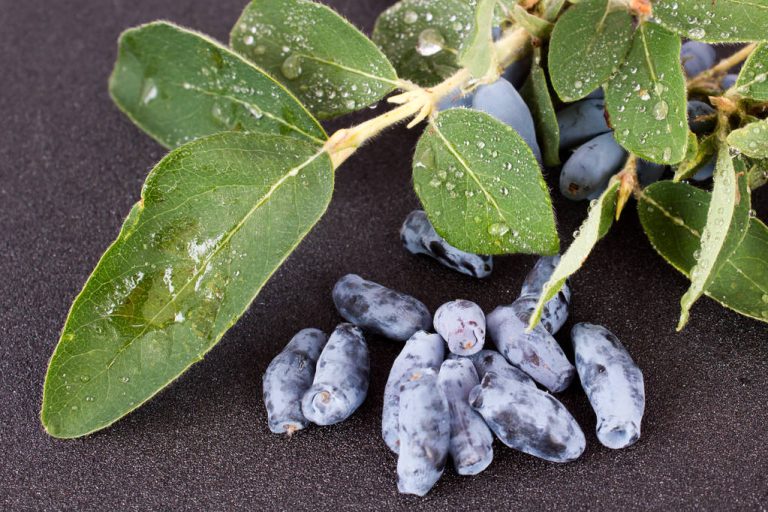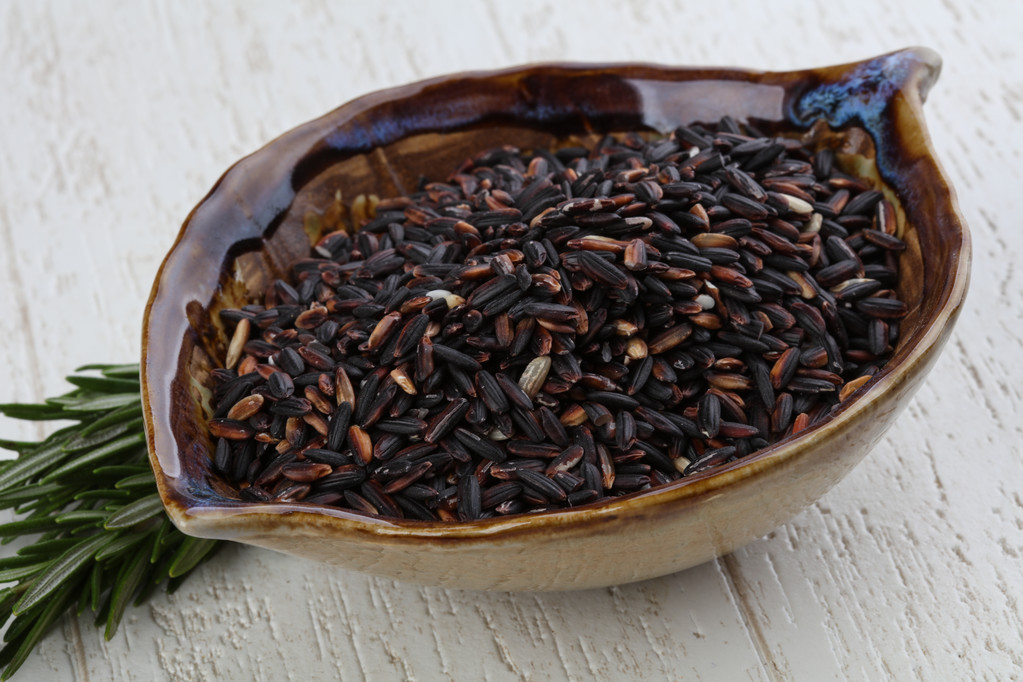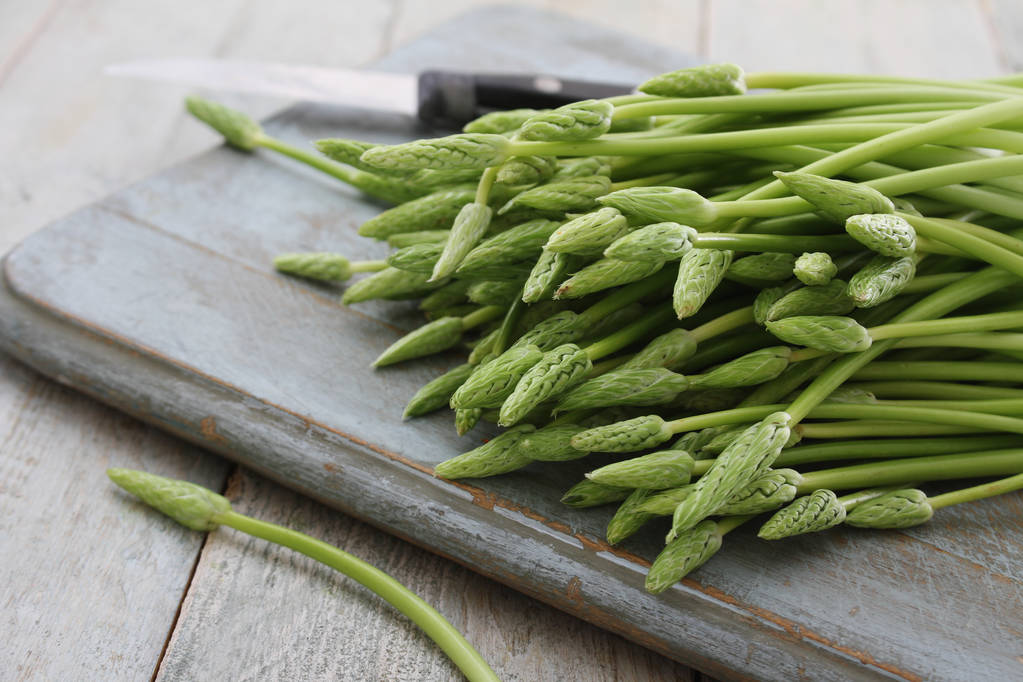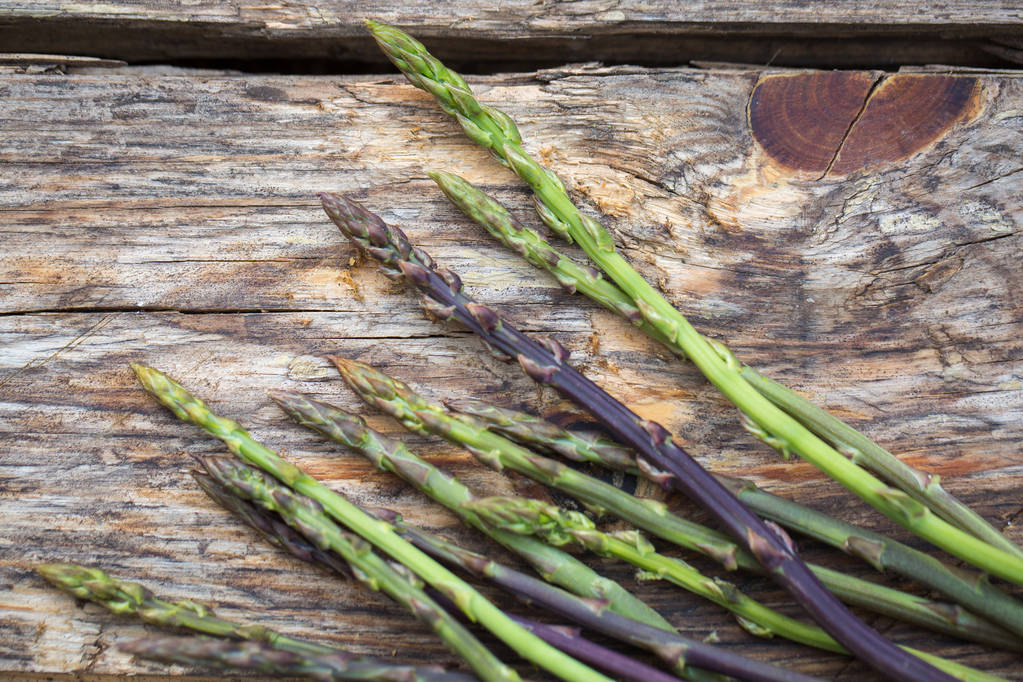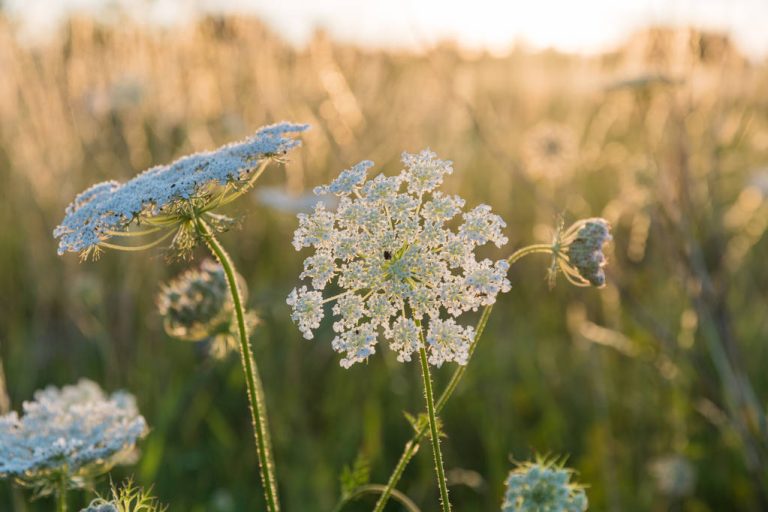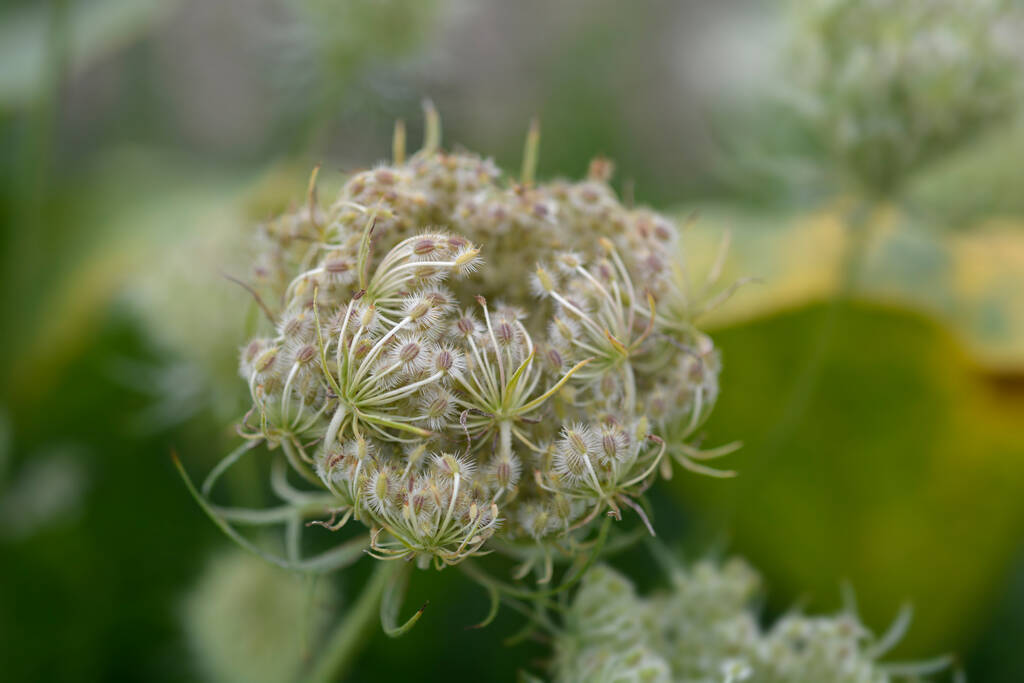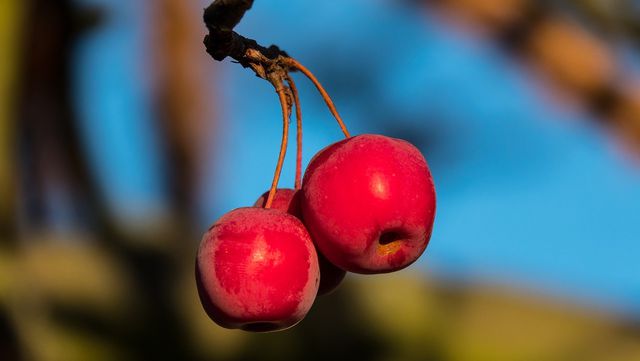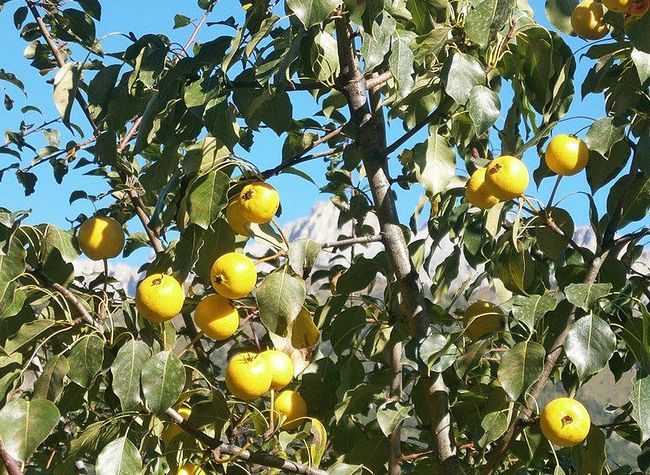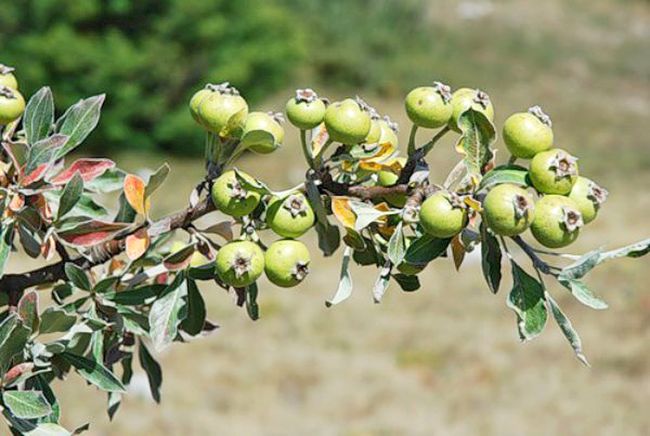Collecting wild herbs is not only popular in spring and summer: you can also find wild herbs outside in winter. They literally shoot out of the ground, along the way, in the forest and on meadows.
They are delicious and also a health boost for your body. Here are 11 things you should know about wild herbs.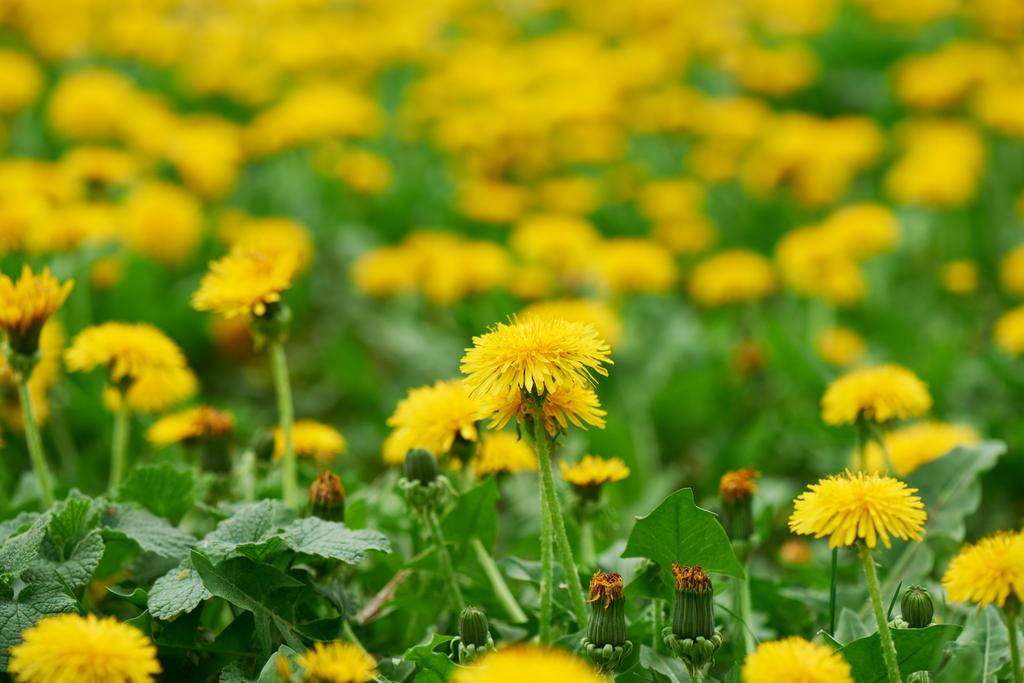
Wild herbs – the hidden heroes
By definition, wild herbs are on the one hand herbaceous plants that are suitable for consumption and on the other hand have not been processed by breeding. “Herbal” means that the plants do not become woody. Some of them are also medicinal herbs, and they have been proven to have a positive health effect.
1. Collect wild herbs: Not all wild plants are edible!
You should be careful when collecting wild herbs: not everything that looks like wild herbs is actually edible!
The edible wild garlic is sometimes confused with the poisonous plants lily of the valley and arum. Similarly, there is a risk of confusion between wood sorrel and poisonous wood anemone, juniper and sallow tree. Lesser celandine, which can be found under fruit trees or in the forest, should also not be eaten once it has bloomed.
2. Collect wild herbs – even in winter
Unless there is a thick blanket of snow, you can of course also find wild herbs in winter. Typical candidates are
Daisies bloom year-round and are high in vitamin C, magnesium, and iron.
Dandelions sprout very early. Especially at the end of a mild winter, fresh leaves rich in vitamins A and C will soon appear. If you have enough leaves, you can conjure up a fresh salad from them, and the leaves are also good in a smoothie.
Clover is a good addition to salads or smoothies.
Nettles grow very quickly once the snow disappears.
3. They are delicious, for example as a wild herb salad
If you have collected the right herbs, they can be processed into tasty dishes.
Daisies and dandelion leaves go well in a wild herb salad, wild garlic can be used to conjure up tasty soups or wild herb pesto, nettle can be used like spinach.
Herbs are also conquering modern cuisine as tea or green smoothies. If you like it milder, you can add it to herb butter, cream cheese and egg dishes.
4. Collect and store wild herbs
Collecting wild herbs is all well and good, but how do you pick them up? Actually like salad and vegetables: Most herbs can be stored in sealed metal or glass bread boxes in the refrigerator for a few days. They can also be hung upside down in bundles to dry.
If you have a dehydrator, you can also use it to preserve the plants. Flower buds and other plant parts can be inserted and also make an excellent small gift.
5. Wild herbs are better than some medicines
Many plants, whether medicinal or not, can be administered as home remedies. They are processed in a wide variety of forms, such as powder, tea, juice, syrup, ointment, oil or tincture.
Dandelion can be used to promote digestion, ground elder helps with gout, buckhorn against coughs.
6. Wild herbs are bursting with minerals
A simple lettuce and even the superfood kale far outshine wild herbs. If kale contains about 490 milligrams of potassium per 100 grams, the inconspicuous daisy has 600.
Stinging nettle contains three times the calcium and four times the iron of kale. It also offers twice as much magnesium as kale and six times as much as lettuce.
7. Wild herbs are rich in vitamins.
Many wild herbs are rich in vitamins. Stinging nettle, burnet and cinquefoil contain more vitamin C than the cultivated plants kale, broccoli and Brussels sprouts.
The situation is similar with vitamin A and also with the protein content. Eating a wild herb salad is definitely better than doing “functional food” and dizzying vitamin products.
8. Wild herbs contain many bioactive plant substances.
Because of their many ingredients, they taste more aromatic and spicier than cultivated products and can help to cure or prevent diseases. The bitter substances it contains promote healthy intestinal flora and protect against fungal infestation.
Bitter substances are mainly found in dandelion, yarrow and daisies. Protection against free radicals is attributed to flavonoids, which can be found in lady’s mantle and plantain.
The tannins in ground ivy, lesser celandine and loosestrife inhibit inflammation, diarrhea and skin diseases. In addition, saponins, silicic acid, essential oils and much more can be found in abundance in wild herbs.
9. Determine wild herbs
Whether in meadows or fields, in river meadows or forests – you can find and collect wild herbs almost everywhere. To be on the safe side, you should identify the wild herbs before consumption.
10. Buy wild herbs?
It is also practical to have your own herb garden, which can become part of the natural garden. Since wild herbs are particularly robust against bad weather and pests, they hardly need any care. There are now also special mail order companies where you can buy wild herbs. Pharmacies and health food stores also offer them, sometimes as a powder.
Of course, your own harvest guarantees the freshest herbs – and is also more fun.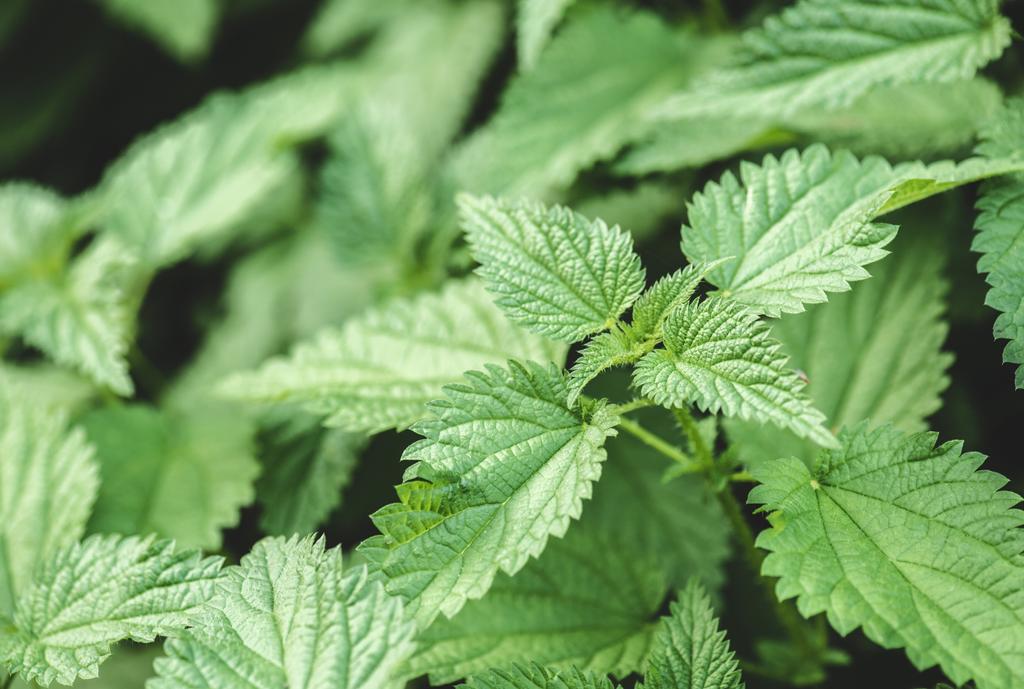
11. Wild herbs are back in fashion!
A few years ago, picking wild herbs was dismissed as a crank and a romantic, but today they are experiencing a real boom. More and more people are interested in these unjustly forgotten regional superfoods, which are hard to find in supermarkets and which many mistake for weeds.
Anyone who sees wild herbs as part of their kitchen and medicine today is back in fashion, benefits in terms of their health and, on top of that, has something delicious to eat!



